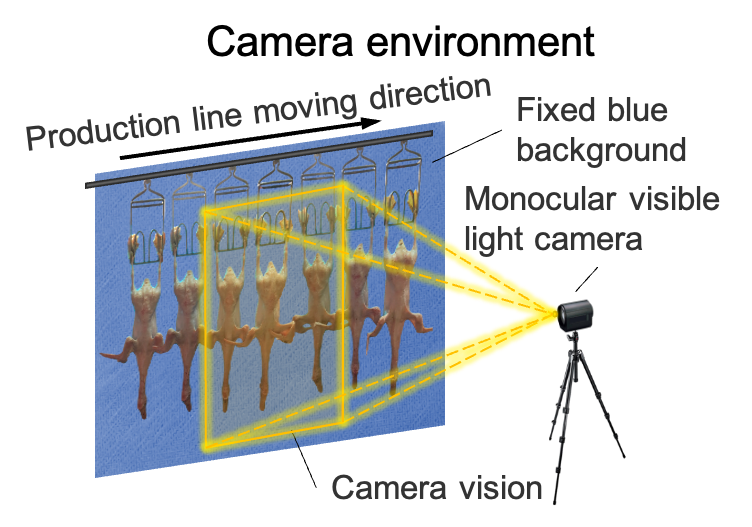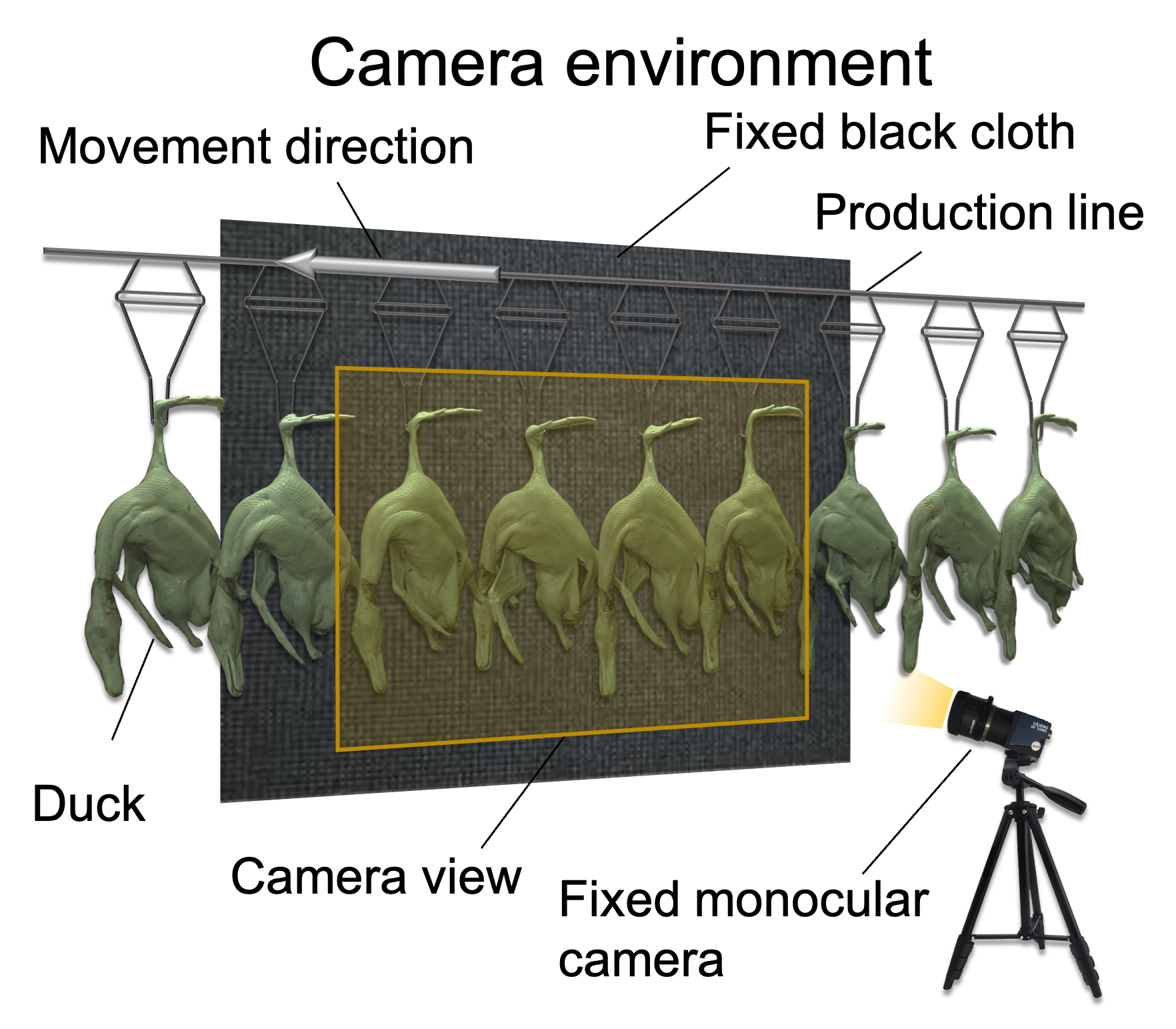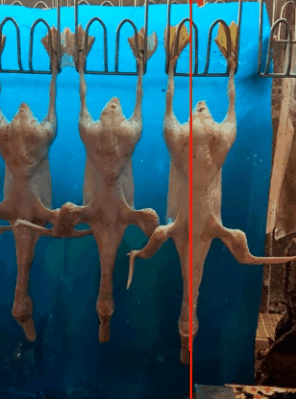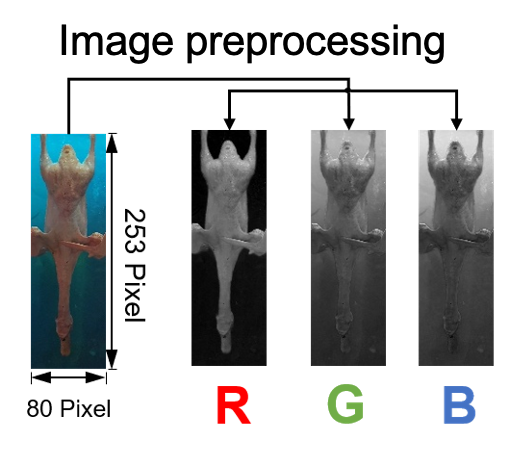This code is the original experimental setup and may be out of date, if you need a clearer implementation please contact me and I can provide a more recent version based on Pytorch.
Official Implementation of our Paper
Ruoyu Chen, Yuliang Zhao*, Yongliang Yang, Shuyu Wang, Lianjiang Li, Xiaopeng Sha, Lianqing Liu, Guanglie Zhang, and Wen Jung Li. “Online Estimating Weight of White Pekin Duck Carcass by Computer Vision”, Poultry Science, 102.2 (2023): 102348.
TensorFlow version 1.x must relay on Python<=3.7
conda create -n ducknet python=3.7
conda activate ducknet
pip install tensorflow-gpu==1.15.0
pip install opencv-pythonOur approach is dedicated to achieving real-time image weighing.
We consider 2 environments, the first figure shows the work of this project, and the second figure is coming soon.
 |
 |
Please refer to weight.xls for labeling data. The images are included in fold duck2.
The statistics of the dataset are as follows:
In the dataset, we remove the feet, because there are some noise, which will reduce the precise of the weight estimation results. A experiment is shown below:
The main demo is train_cov_choose_duck_no_background_or_feet.py, you can try:
python train_cov_choose_duck_no_background_or_feet.py
to reproduce the results. The structure of the CNN is shown below:
The input is a single channel image, where we choose the R channel, as you can see:
R channel is salient for textual information, thus we choose the R channel.
We mainly compared two widely used method, pixel regression and ANN prediction.
Please refer to ablation_study
@article{chen2023online,
title={Online Estimating Weight of White Pekin Duck Carcass by Computer Vision},
author={Chen, Ruoyu and Zhao, Yuliang and Yang, Yongliang and Wang, Shuyu and Li, Lianjiang and Sha, Xiaopeng and Liu, Lianqing and Zhang, Guanglie and Li, Wen Jung},
journal={Poultry Science},
volume={102},
number={2},
pages={102348},
year={2023},
issn = {0032-5791},
doi = {https://doi.org/10.1016/j.psj.2022.102348}
}






